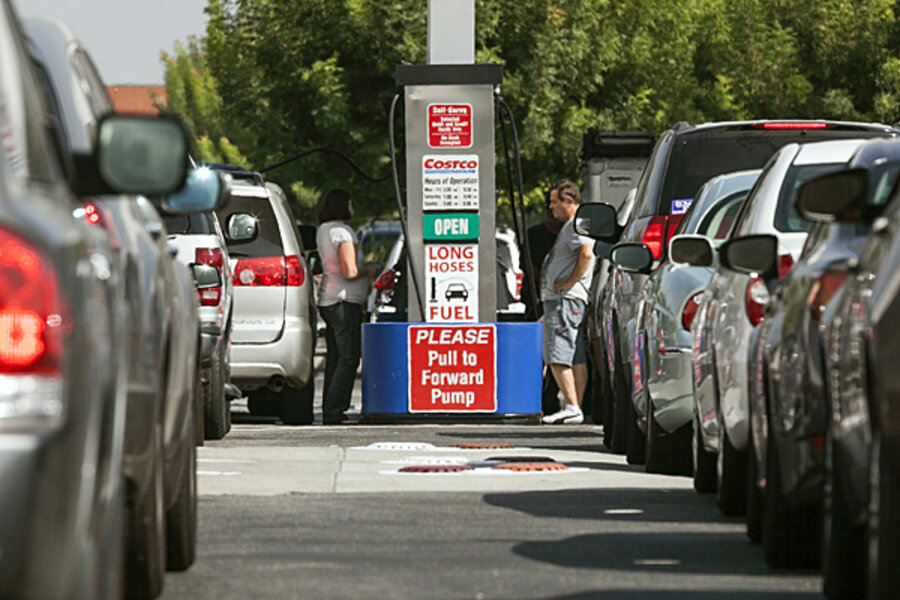Costco and gasoline: Are you really saving at the pump?
Loading...
Ah, Costco! The Emporium of Everything, it's the one store that's got you covered from cradle (diapers) to grave (caskets). If you're a regular, you already know that this membership-only warehouse club isn't fazed by the most eclectic shopping list you can muster. But even Costco veterans might still not consider it a go-to locale for gasoline. The fact is that Costco — a chain now some 600 stores large — offers gasoline for about 6 to 12 cents a gallon below its local competitors' prices.
As such, Costco's gas sales have helped the company's bottom line, but how do Costco's gas prices stack up when you hold them under close scrutiny?
Cheap Gas Depends on Location
Much of the answer depends on where your Costco is located. In Chicago, the Lincoln Park Costco charges $4.49 per gallon for 1987 regular gas, according to GasBuddy. But that's no big bargain compared to many gas stations within a 45-minute drive of the place. Why is this?
For starters, Chicago (which has among the highest gas prices in the nation) also has rather high gas taxes within the city limits. So once you cross the border, gas prices drop sharply — a fact of life that applies even as you compare Costco stores to each other. In Bolingbrook, IL, located about 40 minutes southwest of Chicago, the local Costco sells gas for $4.07 a gallon, 32 cents a gallon cheaper than a Bolingbrook-area Shell and BP, located just a stone's throw away.
However, upon comparing gas prices amongst city gas stations, we found little to no fluctuation in price: Chicago's Lincoln Park Costco charges the same for regular as a Clark station just a block away. And gas is only 10 cents a gallon cheaper than at a Citgo station two blocks from there. What's more, we should not forget that filling up at Costco costs less partly because of its membership cost, about $55 per year for a Gold Star membership.
On the West Coast, the local Seattle Costco sells gas at a lower price than here in Chicago, but in general regular gas ranges from $3.75 to $4 a gallon, GasBuddy reports. But Costco prices aren't the cheapest; the Sam's Club at 13550 Aurora Ave. N. is. There, a gallon of gas sets back motorists $3.75 a gallon; the Costco at 4401 4th Ave. S. ranks as the sixth cheapest in town, at $3.79 a gallon. So while Costco is clearly a bargain, its prices lag behind a competing warehouse club store, four ARCO stations, and a Safeway.
Should You Buy Costco Gas?
There's no question that your local Costco will often offer the lowest gas prices in the immediate area, but there are likely other deals in town. For example, many supermarkets are offering per-gallon discounts on a particular brand of gas based on what you spend on groceries. For every $50 I spend at Jewel stores through the free My Jewel Rewards card, I save 5 cents a gallon at area Shell stations. So after a big shop, I fill up in Chicago's suburbs and usually save 40 cents a gallon off what I'd pay in the city, no matter who's selling the gas. The price will beat my local Costco every single time (though perhaps not a Costco in a far-flung suburb).
In general, if you're an all-around savvy shopper you should approach every gas run as strategically as any other shopping you do. First consult GassBuddy to find the least-expensive gas prices around and plan on filling up at a time and place where you know you'll be by cheap fuel. Also by using grocery-chain gas discounts wherever you can snag them, you'll be able to save larger increments of cash at the pump.
Lou Carlozo is a contributor to dealnews.com, where this article first appeared.







